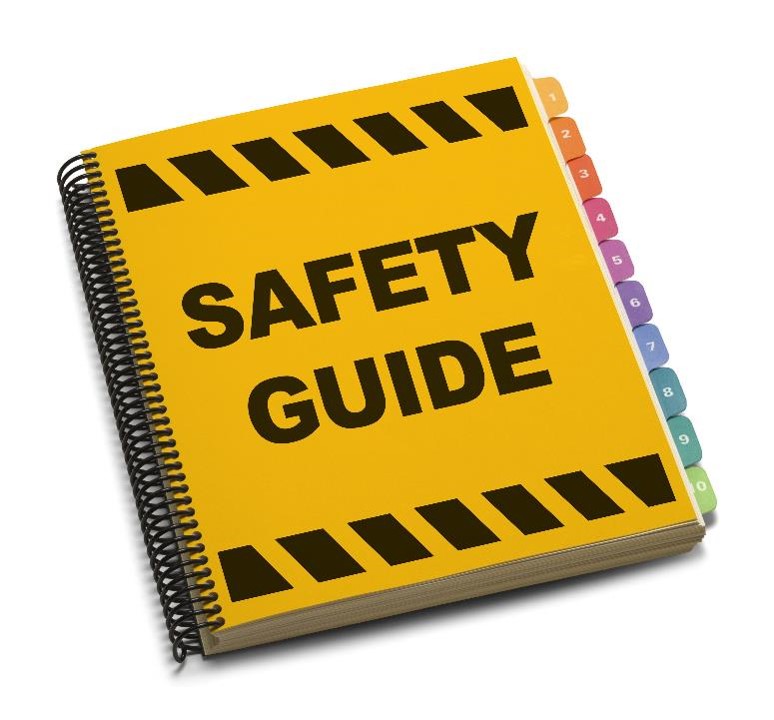
ASCs use a myriad of safety tools – hand off protocols, checklists, computerized order entry systems, automated medication dispensing systems, and other similar solutions – to prevent unintentional slips and errors. These protocols are essential. But what happens when a clinician does not speak up when a safety tool identifies a risk?
When a clinician knows of a risk and does not speak up, the communication break-down can appear intentional. Someone knows, or strongly suspects, something is wrong, but chooses to ignore or avoid it. They may attempt to speak up, but back down when faced with resistance. This is not a slip or an error. This is a calculated decision to not engage in a conversation that may be uncomfortable, elicit a negative response, or result in no response at all.
The American Association of Critical-Care Nurses and VitaSmarts documented in their research, Silence Kills: The Seven Crucial Conversations for Healthcare (Maxfield D, 2005), clinicians identify three concerns which are often left undiscussed because they are emotionally and politically risky topics. These topics are dangerous shortcuts, incompetence, and disrespect.
The data from this study presents a convincing case:
1. More than one half of the clinicians who participated in the study reported shortcuts led to near misses or patient harm;
2. More than one third said incompetence led to near misses or harm to a patient; and,
3. More than half indicated disrespect (not listening to their ideas or valuing their professional opinion) experienced in previous scenarios prevented them from speaking up.
The data also shows clinicians are more likely to take their concerns to managers rather than speak to the person they are concerned about. Since organizations often assume working through the hierarchy is the correct way to address a problem, it is important to examine if this system actually works.
A better solution may be to tackle these issues using a multifaceted approach to create a culture where people feel safe to speak up when they have concerns. Try the following:
Establish a Team.
Start by assembling a small team made up of leaders, including physicians. Work to identify crucial moments and vital behaviors in the center or department.
Identify Crucial Moments.
There is a handful of “perfect storm moments” when circumstances, people, and activities combine to make safety tools ineffective. The team needs to identify these moments so people recognize when they occur. One example is when the facility pushes the surgery schedule into the evening and people are in a rush to get home.
Define Vital Behaviors.
When clinicians are in a crucial moment they need to know what to do or say. This is where vital behaviors come in. Here are two examples:
1. Encourage 200 percent accountability. Each staff member is 100 percent accountable for following safe practices and 100 percent accountable for making sure others follow safe practices.
2. Create the “thank you” program. Establish a safe and respectful environment where staff members can hold each other accountable. When someone reminds them of safety practices, they thank the other person and redouble their efforts to keep patients safe.
Develop a Playbook.
Create a list of situations (crucial moments) and plans (vital behaviors) staff can refer to. They may modify these and invent new strategies on their own. You can use this as a training tool and assist in performance improvement.
Most safety tools work by warning a clinician of potential problems. However, warnings only create safety when clinicians can speak up and get others to act.
Jovanna Grissom – Director of Operations

